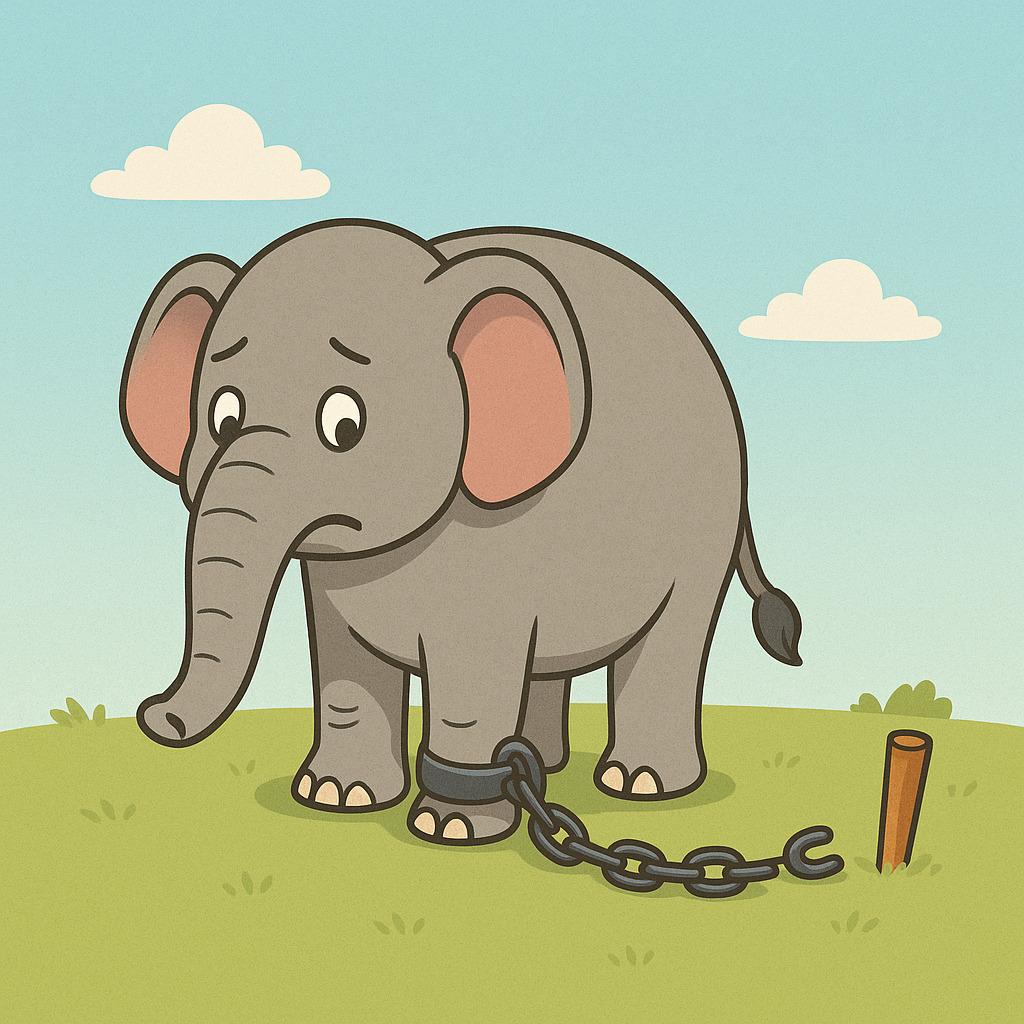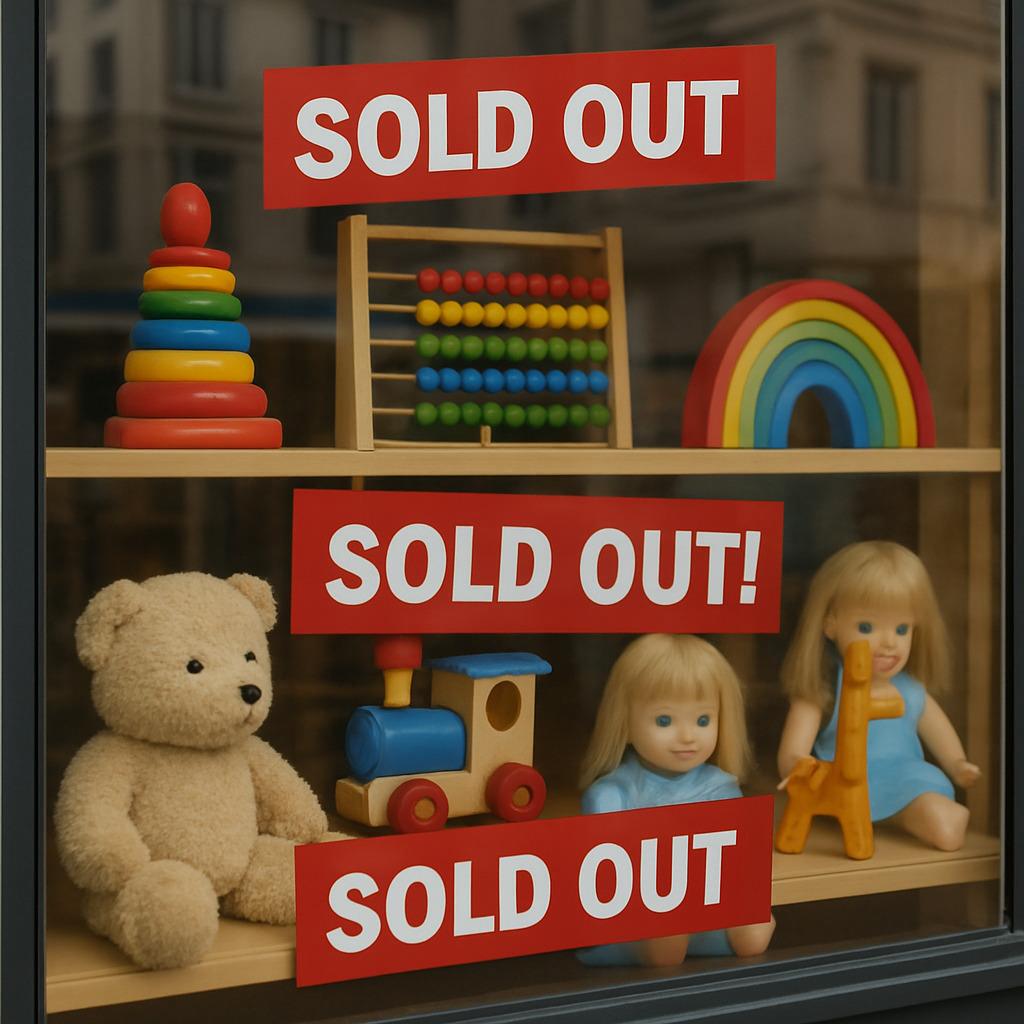Ever signed up for a gym membership but kept paying even after skipping workouts? That’s the commitment and consistency bias mental model in action. This psychological pattern of commitment bias pushes us to stick with choices long after they stop making sense. Once we commit to something—big or small—we feel pressured to stay consistent, even when reality says otherwise.
Thinkers like Charlie Munger and Robert Cialdini have studied this quirk for decades. In Poor Charlie’s Almanack, Munger calls it a key driver of irrational decisions. Cialdini’s book Influence shows how marketers use small commitments (like free trials) to lock in bigger purchases later. It’s why we double down on bad habits or defend choices we secretly regret, illustrating the power of psychology persuasion.
This bias isn’t just about stubbornness. Our brains hate feeling out of sync. Admitting a mistake creates mental friction, so we cling to past actions to avoid discomfort. The result? We waste time, money, or energy trying to prove we were “right” all along, often leading to poor decision making.
Key Takeaways
- The commitment and consistency bias mental model makes people stick with decisions, even when evidence changes.
- Small initial commitments (like signing a petition) often lead to larger actions later.
- Experts like Cialdini link this behavior to avoiding cognitive dissonance.
- Everyday examples include subscription traps or sticking with ineffective routines.
- Recognizing this pattern helps make more flexible, evidence-based choices.
What is The Commitment and Consistency Bias Mental model?
Have you ever continued a project long after it stopped making sense? This common struggle reveals our brain’s wiring to follow through on choices—even when logic says otherwise. At its core, this pattern pushes us to align actions with past decisions, creating invisible “rules” we feel compelled to obey.
Definition and Key Concepts
Psychologists describe this tendency as a self-reinforcing loop, highlighting the commitment bias. Once we take initial steps—like joining a loyalty program—we justify continuing to avoid internal conflict, which is a key aspect of the commitment consistency mental model.
Cognitive dissonance plays a starring role here. Our minds dislike mismatches between beliefs and actions, so we twist logic to stay “on track,” often leading to a course of action that reflects our trait of consistency.
Marketers exploit this with small asks that grow over time, demonstrating the power of small commitment. A free trial becomes a paid subscription. A signed petition leads to donation requests. These tactics work because we want to appear reliable—to others and ourselves, reinforcing our position in the commitment bias.
Historical Context and Origin

Charlie Munger famously called these patterns “chains of habit.” In his writings, he warned how early choices cement behaviors that outlive their usefulness. Robert Cialdini’s research in the 1980s revealed why: society rewards steadfastness. People who flip-flop appear untrustworthy, so we overcorrect toward stubbornness, demonstrating a clear example of cognitive bias.
This explains why bad habits persist and why we defend failing investments. The need for self-consistency often overrides fresh evidence, illustrating the principles of consistency commitment. Recognizing this process helps us pause and ask: “Is this still serving my intention?”
Psychological Roots and Cognitive Mechanisms

Ever bought a product because you already owned a related item? This tendency reveals how our brains build invisible rules. Once we start down a path, mental shortcuts keep us marching forward—even when better options appear.
Role of Cognitive Dissonance
Imagine sticking to a diet plan despite hitting a plateau. Your brain resists changing course because admitting error feels uncomfortable. This tension—called cognitive dissonance—fuels the bias. We justify past choices to avoid mental strain.
Free trials demonstrate this perfectly. After signing up, people often pay for unused services. Why? The initial “yes” creates self-imposed pressure to keep agreeing. Our minds treat consistency as a virtue, even when logic disagrees.
Self-Consistency and Habit Formation
Brushing your teeth nightly isn’t just about cleanliness—it’s habit science. Repeated actions create neural pathways that make behaviors automatic. Over time, these patterns feel like part of our identity.
Consider how:
| Habit Type | Trigger | Outcome |
|---|---|---|
| Exercise Routine | Morning alarm | Improved health |
| Impulse Buying | Store loyalty card | Unplanned spending |
| Smoking | Stressful event | Health risks |
These shortcuts save decision-making energy. But they can lock us into harmful cycles too. Recognizing when habits serve—or sabotage—us is key to smarter choices.
Real-World Examples and Case Studies
Ever kept using a streaming service you barely watch? That’s how small choices snowball into costly patterns. Let’s explore how this tendency shapes everyday decisions and billion-dollar marketing strategies.
When Habits Outlive Their Usefulness
Sarah paid $120/month for a yoga studio she visited twice. “I signed up during a stressful time,” she admits. “Quitting felt like admitting failure.” Her story mirrors millions clinging to unused subscriptions or outdated routines, highlighting the theory of commitment bias in the world of consumer behavior.
Research shows why: writing down goals increases follow-through by 42%. This explains why fitness apps ask users to type their objectives—the act cements the course of action and provides valuable information. Once recorded, we feel compelled to honor our word, much like a store loyalty card reinforces our buying habits.
Sales Tactics That Play on Our Wiring

Cialdini’s famous experiment with toy stores reveals clever manipulation. Stores advertised hot holiday toys, then claimed they were sold out. Parents who’d promised gifts often bought pricier alternatives—the initial commitment locked them in.
The foot-in-the-door technique works similarly:
- Free samples lead to 35% more purchases
- Charities get 70% bigger donations after getting signatures
- Car dealers add features after the handshake
These methods exploit our desire for consistency. Once we say “yes” to something small, refusing bigger requests feels contradictory. Marketers know this—and so should you.
Impact on Decision-Making and Behavior

Ever kept a phone plan for years despite better deals? That’s how invisible threads of past choices pull us forward. This pattern shapes everything from coffee orders to career moves, often without us noticing.
Effects on Daily Choices
Morning routines show this tendency clearly. Someone drinking bitter coffee they hate—just because they bought a bulk pack—wastes daily joy to avoid “wasting money.” Studies reveal 68% of people stick with subpar services after initial sign-ups.
Small choices create domino effects. Agreeing to one extra work task leads to unpaid overtime. Buying gym shoes “for motivation” becomes guilt-triggering decor. Each commitment builds mental walls that limit flexibility.
Long-Term Effects in Personal and Professional Life
Over decades, these micro-choices cement paths in our world. A 2023 career survey found 41% of professionals stay in unfulfilling roles due to early promises made. “I told everyone this was my dream job,” one respondent shared. “Now I’m stuck pretending.”
Hidden costs multiply:
- Missed skill-building opportunities
- Strained relationships from unresolved conflicts
- Financial drains from outdated subscriptions
Like a ship refusing to adjust course, commitment consistency bias can steer us into storms. The fix? Regularly ask: “Would I start this today?” If not—it might be time to drop anchor elsewhere and consider a new course of action.
How to Overcome Commitment and Consistency Bias
Ever felt stuck in a decision you knew wasn’t right? Breaking free starts with awareness. Like noticing when your gut tightens during sales pitches or feeling defensive about old choices. These physical cues often signal hidden biases steering your actions.
Spotting Hidden Patterns
Watch for moments when you feel pressured to follow through. That coffee club you joined “just to try”? If sipping mediocre brews feels like duty, it’s time to pause. Sales tactics often use this trigger—limited-time offers create artificial urgency.
| Scenario | Sign of Bias | Quick Fix |
|---|---|---|
| Auto-renewing subscriptions | “I’ve already paid for six months” | Set calendar reminders to reassess |
| Loyalty program upgrades | “I need to maintain my status” | Calculate actual value vs. cost |
| Continuing outdated projects | “We’ve invested too much to quit” | List current benefits vs. new options |
Counter The Commitment and Consistency Bias Mental Model
Try the 24-hour rule. When asked to commit, say: “Let me check my schedule.” This break disrupts automatic responses. For existing obligations, ask: “Would I start this today?” If not, renegotiate or exit.
Reframe commitments as experiments. Instead of “I’ll exercise daily,” try “I’ll test three weekly workouts.” This mindset welcomes adjustments without guilt. Regular check-ins—monthly or quarterly—help track what’s working.
Remember: Consistency matters, but flexibility fuels growth. Your best choices adapt as life evolves.
Be Self-Aware in The Decision Processes

Ever finished a book you hated just because you started it? That tug to follow through—even when it no longer serves you—shows how automatic behaviors govern choices. Breaking free starts with one powerful tool: self-reflection.
Why Pause and Reassess?
Daily routines often run on autopilot. Journaling for just five minutes helps spot patterns. Did you agree to that committee role out of genuine interest or fear of seeming flaky? Asking reveals hidden drivers.
Studies show people who review goals weekly adjust course 3x faster than others. Try this:
| Reflection Method | Frequency | Outcome |
|---|---|---|
| Monthly expense audit | 30 minutes | Spots unused subscriptions |
| Weekly priority check | 10 minutes | Aligns tasks with goals |
| Daily emotion log | 2 minutes | Identifies stress triggers |
Notice when “should” replaces “want to.” That gap signals misalignment. Changing your mind isn’t failure—it’s growth. A chef tweaks recipes; why wouldn’t you refine life choices?
External pressures shrink when you clarify personal values. Next time a salesperson pushes upgrades, ask: “Does this fit my actual needs?” Clarity beats persuasion every time.
Conclusion
Ever notice how hard it is to cancel that service you never use? Our brains cling to past choices like old receipts—even when they clutter our lives. The commitment and consistency bias thrives on this autopilot thinking, nudging us to follow through long after logic fades. This experience can lead to a cycle where our course action is dictated by past decisions rather than current needs.
Rooted in our need for self-approval, this pattern explains why we defend failing projects or keep unused subscriptions. Marketers know this well—ever gotten a “free trial” that quietly became a paid habit? These tactics exploit our wiring to avoid internal conflict and can hinder our ability to generate new ideas for better choices.
Breaking free starts with simple shifts. Try the 24-hour pause rule before new agreements. Audit recurring payments quarterly to bring order to your finances. Ask: “Does this still align with my goals?” Small checks create space for smarter choices.
For deeper insights, explore how recognizing this pattern transforms decision-making. Growth happens when we trade rigid routines for thoughtful flexibility. Your future self will thank you.


